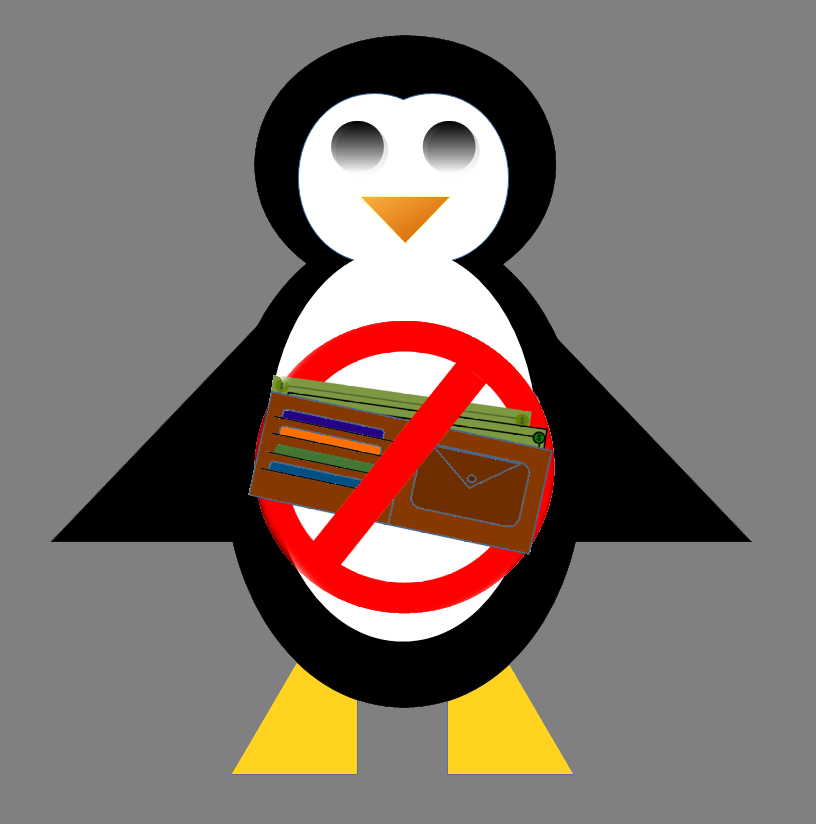



I check to see if ZFS is installed on the computer and show how to install ZFS on an Ubuntu based operating system.
Then I create some ZFS zpools.
I add some data and check the status of the zpools created.
The video concludes by removing the zpools created with the zpool destroy command.
We create a zpool mirror disk pool from a single disk zpool, then we create a 2 disk zpool mirror, and then we create a 4 disk zpool mirror.
We learn how to create a zpool using the UUID instead of the disk name - and why we would want to use the UUID.
Then we export the 4 disk mirror zpool (created in video 103) and import it using the UUIDs instead of the disk names.
Then we look at how to create a custom zfs disk drive name and why we might want to do that.
We look at zfs raidz and learn that zfs raidz is the same as zfs raidz1 (meaning we can loose up to 1 disk drive and the raidz1 can continue until the bad disk can be replaced).
There is also a raidz2 where up to 2 devices can go bad and the raidz2 can continue in a degraded state.
We then show how to replace a bad disk in a zfs raidz zpool.
We look at how to add a ZFS zpool directory as a sub-directory of the /mnt directory.
It works, but the current version of ZFS does not auto-mount the zpool sub-directory after a system restart.
We create a sub-directory in a zpool using the mkdir command and then create another sub-directory using the ZFS command. We are then able to set a quota and a reservation for the directory created with the ZFS command.
We also create some new ZFS directories with compression method names, set the directories compression, then add some test data to the directories to see how well the ZFS compression methods work.
We create a new zpool and set listsnapshots on for that zpool, then we create a zfs snapshot
We take a look at different ways to see the snapshots taken.
We add a file to our zpool and take another snapshot.
We delete the file, Then rollback our snapshot to restore from the snapshot
We also take a recursive snapshot that will take a snapshot of our zpool directory as well as take snapshots of any zfs datasets in that zpool.
We also see that we cannot rollback to a snapshot that is not the most recent snapshot. We will get around this limitation using the clone command in the next video.
We look at how to use the zfs clone command to restore data that is in a snapshot, that is not the most recent snapshot, without destroying the most recent snapshot.
In this video, we review how zfs stores data for a ZFS Raid1 zpool with checksums.
Then we talk about how ZFS can repair data from the checksums when the data is read.
Then we discuss that a scrub will compare every byte in the zpool to the checksum.